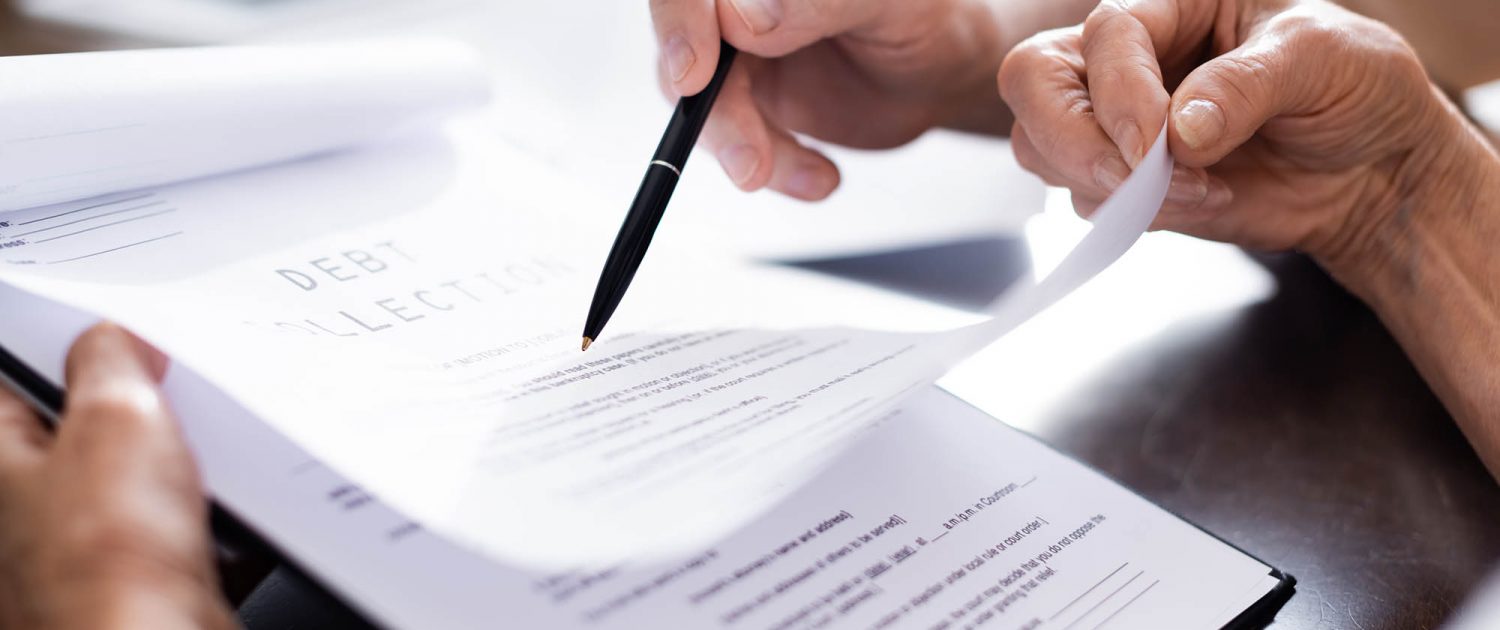Managing accounts receivable (AR) is a critical aspect of running a successful business. Consistent cash flow ensures that operations run smoothly and you can meet your financial obligations.
However, navigating the world of commercial collections can be challenging. In this guide, we’ll explore effective strategies and tips to help you minimize commercial collections issues and maintain a healthy AR. By implementing these best practices, you can protect your reputation, improve your collections process, and secure the revenue your business deserves.
How to Approach Commercial Debt Collections
Before delving into commercial debt collections, it is important to establish a proper approach. Ethical and reputable collections practices are crucial to maintaining trust with your clients and safeguarding your business’s reputation. Additionally, always maintain compliance with applicable laws and regulations. Failure to do so can result in severe consequences, including legal penalties and damage to your brand’s image.
Unscrupulous collections practices not only harm your business’s standing, but can also lead to strained client relationships. By prioritizing ethical collections, you demonstrate professionalism and respect for your clients. This approach sets the foundation for successful debt recovery while preserving valuable business connections.
Struggle Handling Collections Alone?
Navigating debt collection issues alone can be daunting. If you find yourself uncomfortable or unsure about handling collections independently, partner with Rapid Collections. With our expertise and proven track record, we can provide the guidance you need to navigate collections ethically and effectively.
The Dos and Don’ts of Commercial Collections
To ensure your efforts are effective and respectful, let’s explore the dos and don’ts of commercial collections.
Do
- Communicate Clearly: Maintain open and transparent communication with your clients throughout the collections process. Clearly explain the outstanding balance, payment expectations, and consequences of non-payment.
- Be Professional and Courteous: Approach debt collection conversations with professionalism and empathy. Maintain a respectful tone and focus on finding mutually beneficial solutions.
- Document Everything: Keep detailed records of all communications and transactions related to the debt. This documentation serves as evidence and protects both parties in case of disputes or legal proceedings.
- Offer Flexible Payment Options: Work with your clients to find flexible payment arrangements that suit their financial situation. This approach increases the likelihood of successful debt recovery and preserves the client relationship.
Don’t
- Engage in Harassment: Never engage in harassing or threatening behavior towards debtors. Maintain a respectful and professional demeanor at all times.
- Make False Statements: Avoid making false statements or misrepresenting the consequences of non-payment. Provide accurate information and refrain from misleading tactics.
- Violate Privacy Laws: Ensure compliance with privacy laws, such as the Fair Debt Collection Practices Act (FDCPA). Respect your clients’ privacy rights and refrain from sharing sensitive information with unauthorized parties.
- Ignore Legal Boundaries: Familiarize yourself with the legal limitations of debt collections in your jurisdiction. Failure to adhere to these requirements can result in legal consequences and damage to your reputation.
5 Tips to Minimize Debt Collection Issues
Now that we understand the dos and don’ts of commercial collections, let’s explore five tips to help you minimize debt collection issues.
Tip 1: Use Clear Contract Terms and Invoicing
Establish clear and concise contract terms that outline payment expectations, due dates, and consequences for non-payment. Ensure your invoices are accurate, well-structured, and include all relevant information. Clear communication from the outset sets the stage for successful collections.
Tip 2: Follow Up Promptly and Consistently
Implement a systematic follow-up process to ensure timely and consistent communication with clients regarding overdue payments. Promptly send reminders and statements, escalating the intensity of communication as necessary. Consistency demonstrates your commitment to resolving outstanding debts.
Tip 3: Offer Early Payment Incentives
Encourage clients to pay their invoices promptly by offering early payment incentives such as discounts or rewards. This strategy can motivate clients to prioritize timely payments, reducing the need for extensive collections efforts.
Tip 4: Establish a Collections Policy
Create a comprehensive collections policy that outlines your approach to debt recovery. This policy should include clear steps, timelines, and escalation procedures for addressing delinquent accounts. Adhering to a well-defined policy streamlines your collections process and ensures consistency across your organization.
Tip 5: Work With a Professional
Consider partnering with a reputable commercial debt collection agency like Rapid Collections. With the expertise of professionals, you gain access to specialized knowledge and resources. An agency can handle the details of collections, freeing up your time and energy to focus on core business activities.

Simplify AR With Rapid Collections: A Nationally Recognized Commercial Debt Collection Agency
If you’re struggling with collections issues, Rapid Collections is here to help. As a nationally recognized commercial debt collection agency, we specialize in B2B collections and provide comprehensive solutions to secure your revenue. Our team of collection professionals is committed to ethical practices and positive client relationships. With our 24/7 access to collections software, legal representation when needed, executive management reporting, AR shared services, and consulting and training options, we can streamline your collections process and optimize your AR department.
Minimizing debt collections issues is essential for the financial health and reputation of your business. By following ethical practices, implementing effective strategies, and relying on professional assistance when needed, you can protect your business while maximizing your AR’s effectiveness.
Rapid Collections is here to support you every step of the way, ensuring successful debt recovery and maintaining strong client relationships. Contact us today to learn more about how we can assist you in minimizing commercial collections issues.



